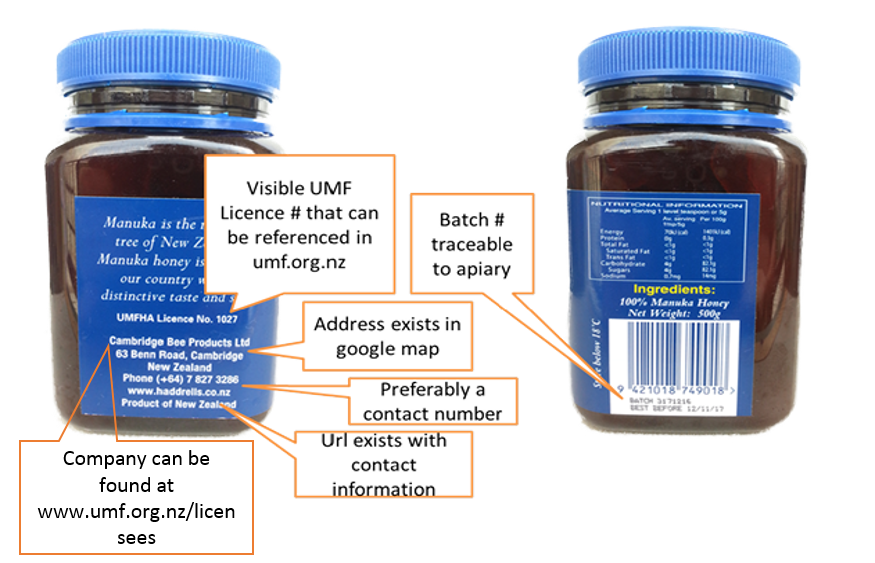Buy real NZ Manuka UMF honey click here, or read about origins of Unique Manuka Factor
Good quality UMF Manuka honey is in short supply due to weather changes affecting manuka trees in NZ north island. Bees growers in New Zealand are not able to get the yield this year and the activity level is not as good as previous years. So it would be prudent to request your honey suppliers for a copy of the Certificate of Analysis (COA) addressed to the company labels listed in UMF licensees to ensure you are purchasing UMF Manuka Honey compliant with UMFHA standards. For those unfamiliar with COA, you can refer to this link for a sample1.
In Singapore there are at least 6 private labels of manuka honey associated with a one UMF licensee number. If the brand you are thinking of is not listed here it is probably a private label manuka honey. Although private label manuka honey comes from a licensed NZ packing company, private labels themselves are not UMFHA members.
The truth is about 70% of manuka honey produced is active. There is a clear incentive to use untested or adulterated manuka honey to fetch a higher price. Furthermore some can heat up the manuka honey to get a short-lived high activity for testing which can last for about 10-15 days afterwhich almost all the activity will subside. Read more below about HMF 3-in-1 test to identify temperate-abused manuka honey.
The take-away from all these is that one should buy manuka honey brands(labels) that have been produced, packed, tested and certified in New Zealand by the UMFHA member company themselves. These companies/labels need to have Risk Management Certificate (RMC), export certificates and UMF certificates.
Manuka trees are mainly found in New Zealand North Island. Without these trees and manuka flowers, the bees can't give us Manuka honey. Is your manuka honey producer having a NZ North Island address?
Buy brands that New Zealanders themselves are consuming and not those private brands that are used for packing & export purposes. Alternatively buy those that has been retested by AsureQuality Singapore Pte Ltd
Confused about UMF vs MGO vs Active Manuka Honey?
What is the difference between UMF, MGO and Active Manuka Honey? Click here to watch Dr Peter Nolan's demo
Teatree (Leptospermum scoparium) is a shrub which occurs in New Zealand, where it is called Manuka. Honey derived from the manuka tree often exhibits antibacterial activity (UMF) that is unrelated to the content of the hydrogen peroxide which is responsible for the antibacterial activity of other normal honeys.
Studies at the Technical University of Dresden in Germany and at the University of Waikato in New Zealand, have now proven that the Manuka's antibacterial properties are somewhat related to methylglyoxal content and other unknown compounds. This unique activity of manuka honey is due to the presence of methyl glyoxal, the origin of which has not so far been determined, although it is well known among beekeepers that non-peroxide activity increases with storage.
It would also seem that there is variation in the amount of dihydroxyacetone in the nectar and that certain manuka trees have the potential to produce honeys with high nonperoxide antibacterial activity, whereas others do not.
It is believed that the Manuka honey's is effective for treatment of antibiotic resistant MRSA super bugs, bed sores and other external ulcerative conditions,, E Coli, Staphylococcus Aureus (the most common cause of wound infection) and Streptococcus Pyogenes ( stubborn , often anti biotic resistant bacteria which inflame and cause sore throats).
Bee Have Value in Medicine: Honey Helps Wounds Heal
The Egyptians, Sumerians, Chinese, Greeks, and Romans all valued honey, and honey is mentioned in both the Bible and the Koran. While the healing powers of honey faded in comparison to the new antibiotics introduced in the 20th century, today’s superbugs make any natural food with anti-bacteria properties worth considering. Read here
PA, NPA, MGO, UMF, DHA, HMF Explained
All honey contains
Hydrogen Peroxide
(PA) in various degrees, that is
why honey in general is considered to be an
antibacterial product use for treatment of
wounds. The enzyme, glucose oxidaze, that
produces Hydrogen Peroxide in the honey is not
stable. Heat, light and body enzymes destroys
it. However the honey produced
by bees pollinating manuka plants in New Zealand
was found to have an additional plant derived
antibacterial activity called Non Peroxide
Activity (NPA). This NPA is resistant to heat
and light sources and body enzymes do not
destroy it quickly. Studies have found it to be
effective for treatment
of wound infections.
The antibacterial activity of honey in New
Zealand has been measured by the agar diffusion
assay, which measures antibacterial effect of
honey against the concentration of Phenol.
However to measure NPA, an enzyme Catalyze is
required to neutralize the Hydrogen Peroxide
activity. In normal table honey, this
treatment will kill off the peroxide activity.
In manuka honey this treatment will leave behind
what is called the NPA residual in the manuka
honey. So a UMF® 10 honey does the same job as
10% solution of Phenol against bacteria, a UMF®
15 has the strength of 15% solution of Phenol.
However the above method of testing is rather
unreliable and has room
for errors and
there is little control to prevent
unscrupulous manuka
honey suppliers to just test of Peroxide
Activity and labelled these Active 10+, 15+, 20+
manuka honey.
The above
test is the Staphylococcus aureus bioassay test
which relies on the
technician measuring the amount of inhibition
when the honey is added. This test is more
susceptible to variations between lab
technicians. Also due
to limited sensitivity and inaccuracy activities
below 5% equivalent phenol concentration is not
detectable.
Professor Thomas Henle of the Technical
University of Dresden (Germany) discovered that
Methylglyoxal
(MGO) are exclusively responsible for
the unique anti-bacterial activity of New
Zealand Manuka Honey. The level of Methylglyoxal
in Manuka Honey ranges from 30mg/kg to 900mg/kg,
whereas in 45 other samples of honey
tested it did not exceed 8mg/kg.
Based on the German method, the industry has
adopted the Methylglyoxal standard that leaves
no room for cheating. Testing for Methylglyoxal
is accurate and consistent with +-5% Error.
Hence labs like Hill Laboratories in New Zealand
measures Methylglyoxal - the compound that is
exclusively responsible for
Manuka Honey's unique anti-bacterial activity
and then correlate it to NPA based on the
correlation table provided by UMFHA.
While Methylglyoxal(MGO) plays an important part
in Manuka honey’s antibacterial properties, it
isn’t the only component that makes Manuka honey
such a powerful natural
antibacterial. A
scientific study done in
2011 noted this interesting fact even
after MGO was neutralized, there are still
antibacterial properties in Manuka honey.
So the UMF Honey Association has become the
platform for licensing honey producers to adhere
to certain guidelines for labelling testing
manuka honey to minimize fake and
adulterated
honey. More recently many
laboratories and honey producers are advocating
the use of 3-in-one tests. It
is now well know that ‘non-peroxide’
antimicrobial activity (NPA) is closely related
to the presence of the compound methylglyoxal
(MGO) as shown in table below
In 2009, scientists at
the University of Waikato showed that the
Methylglyoxal (MGO) in New Zealand manuka honey
originates from the chemical compound
Dihydroxyacetone (DHA), which is present in the
nectar of manuka flowers to varying degrees.
Hence we now know climate change may have an
impact on the production of Manuka Honey MGO
concentration.
Fresh manuka honey produced by bees contains low
levels of MGO and high levels of DHA. Storage of
these honeys at room
temperature led to a decrease in DHA and
an increase in MGO over time. So manuka honey
with a high DHA concentration will potentially
end up with higher MGO concentration when
compared with a low DHA concentration manuka
honey sample. So UMF® level of Manuka Honey may
increase over time under
normal storage conditions.
The rate of conversion from DHA to MGO in manuka
honey is temperature dependent. The higher
temperature, the faster the DHA->MGO conversion.
For this reason, adulteration may occur when
honey producers quickly heats the honey to
increase MGO concentration to
commercial value. Heating Manuka honey
above 30 degrees Celsius produced a compound
called hydroxymethylfurfural (HMF).
However temperature-abused Manuka honey MGO
concentration will decline quickly over time
while genuine Manuka Honey can maintain the MGO
levels over 3 or more years. Genuine Manuka
Honey tested should have a reading of less than
80mg/kg of HMF compound as
shown.
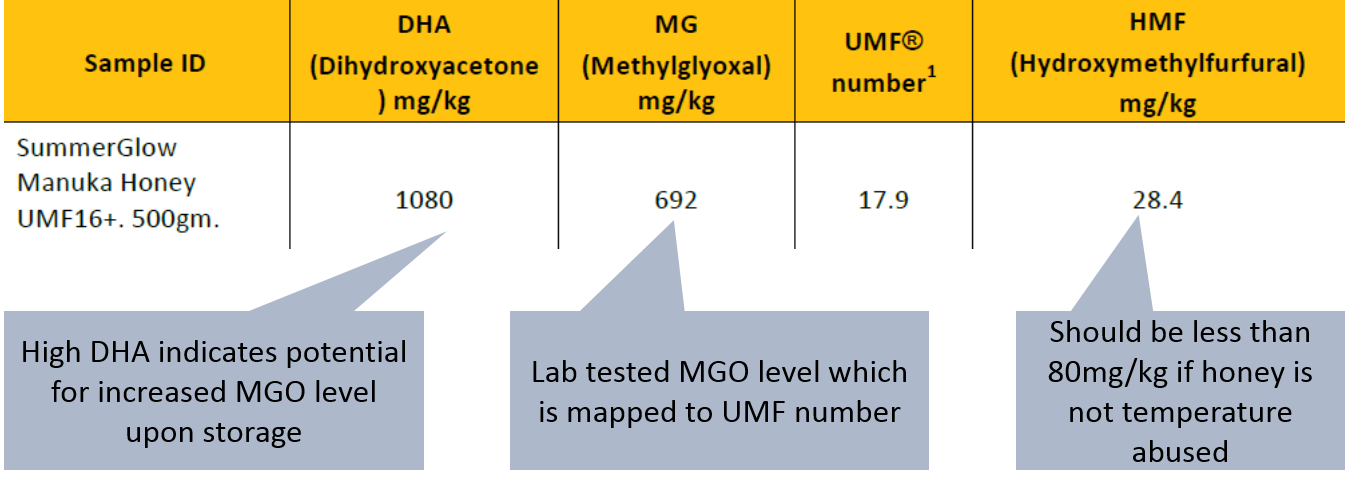
UMF® stands for Unique Manuka Factor. UMF® has
become the trademark for identifying natural
manuka honey that has a special non-peroxide
antibacterial activity found only in some
strains of manuka honey. It is also believed
that the strength is non-peroxide antibacterial
activity is dependent on the different
varieties of L. scoparium being harvested by the
honeybees.
UMF® is a trademark
protecting your rights as a consumer because not
all manuka honey has the NPA (non-peroxide activity) and among those that do the
strength varies.
UMF® is
a trademark that can only be
issued to
licensed
members in the UMFHA
So in summary UMF® is
a quality trademark. Look for
the original brands licensed by UMF org.
Methylglyoxal(MGO) is a laboratory test performed by approved UMFHA test centres (e.g., Hill Laboratories) to determine the strength of the UMF Manuka Honey. The accurate way to determine strength of Manuka Honey is by measuring levels of Methylglyoxal, e.g 600mg/kg
NPA is the number (10+, 16+, 20+) after the UMF® trademark in a jar of Manuka Honey derived by using the UMFHA correlation table translating a Methylglyoxal(MGO) value to a NPA value.
DHA is
an indicator potential MGO concentration. The
higher the DHA the better.
HMF is an indicator of
potentially temperature-abused Manuka Honey. Low
HMF value (<40) is preferred.
MGO Manuka Honey
MGO is the Methylglyoxal content that plays a part of honey's antibacterial properties. While MGO plays an important part in Manuka honey's antibacterial properties, it isn't the only factor. However if you are interested in the conversion of antibacterial strength between UMF and MGO, the table below may be helpful
UMF 10+ = MGOTM
260
UMF 15+ =
MGOTM 514
UMF
16+ = MGOTM 573
UMF 20+ = MGOTM
829
UMF 25+ = MGOTM
1200
In a peer-reviewed paper published, the German researchers show good correlation between methylglyoxal levels in 61 manuka honey samples and their antibacterial ratings in equivalent phenol concentration
UMF and MGO ratings are
both used to indicate the antibacterial strength
of Manuka Honey.
UMF is the industry standard. MGO is only used
by Manuka Health New Zealand Ltd.
UMF and MGO measure the strength of Manuka honey
in different ways, however there is a
relationship between the level of Methylglyoxal
and the Non Perocide Activity (as measured by
the UMF).
If you would like to compare the strength of a
honey from MGO to UMF or vice versa, the table
above can be a rough guide.
If you are interested, please click here to use
NPA to
MGO calculator
Active Honey
'Active' means there is some level of peroxide activity which we know that all honey does have that glucose oxidase enzyme. It is likely that this honey has been mixed with some manuka honey. 'Active' here could mean test including the normal hydrogen peroxide antispectic and other antibacterial activity. So Active 20+ does not necessary mean it is related to the antibacterial property of non-peroxide agents. Click here to see how heat and storage affect NPA activity
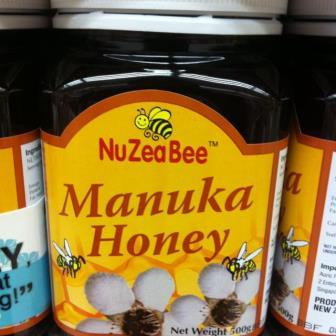
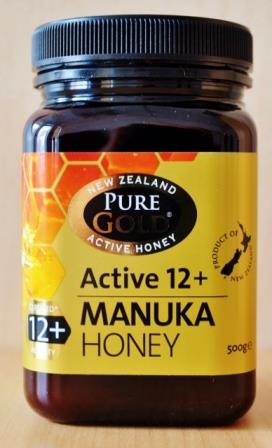
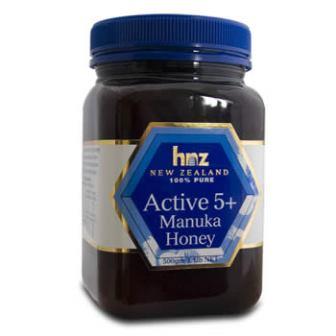
Which is better?
The question we hear frequently is how do I know I am paying for the real thing when buying Manuka honey. One way is to ensure that the packaging for the UMF have the following:
a) It has the quality trademark UMF stated on the front label
b) It is packed into retail jars and labelled in New Zealand
c) It is from a NZ company licensed to use the UMF quality trademark (www.umf.org.nz/licensees)
d) It has the NZ UMF Licensee's Brand Name and license number on the front label. A local brand name associated with a license number may not represent the quality trademark of UMF
e) It has a rating number alongside the UMF trademark. A number on its own does not identify genuine UMF Manuka Honey
f) It has a batch Number so that it can be traced to laboratory results. Always ask for laboratory results if you are not sure.
g) It has an Expiry Date. The UMF rating must hold until the honey expiry date. Temperature abused honey UMF rating drops very quickly.
The above is not just any checklist from any manuka honey seller. It is a checklist validated by www.manukahoney.com a genuine UMF honey producer who has been in the business for over 37 years.
In addition it does not harm to check on the following prior to your purchase of UMF honey
You will also find a list of NZ honey producers here
The Manuka brand has been hijacked by many retailers and producer due to the high growth and interest in Manuka honey. There is much evidence of fake brands leveraging on the hype including Active, OMHA. The reality is the amount of methylglyoxal in these honeys is probably around 10 to 25 mg/kgs way below an effective level but is able to sell at close to UMF 10. It is a case of caveat emptor (buyer's beware).
There is an interesting article originally from Fairfax NZ News which reported that of the 33 jars of "manuka honey" that we on sale in Singapore that they have tested 15 were not "true to label". Some possessed none of the activity claimed. Others have less than the label stated.
It appears that the misleading New Zealand product situation is serious enough for a group of manuka honey producers to fund a project to develop a fool-proof means to determine the real manuka honey. They are developing a chemical marker test called high-resolution mass spectrometry to produce a chemical profile of manuka honey, against which all honeys being marketed as manuka can be compared.
For the above reasons, some brands from NZ like Manuka Health have decided to go the MGO route
Also interesting to note that the Australian "manuka" honey is from is own variety of manuka tree, called the jellytree. "Manuka" honey from Australia comes from Leptospermum polygalifolium tree vs Leptospermum scoparium in New Zealand. So there is a difference.
Also the famous tea-tree oil does not come from the Leptospermum species of plants. Tea tree oil is produced from the Australian group of trees of the Melaleuca genus, named similarly as another source of tea. It is from Melaleuca plants that the well known tea tree oil is produced.
Feel free to contact us
Where are all the Singapore natural honey from?
Singapore imports over 60% in USD terms of natural honey from New Zealand. However close to 40% in USD terms are imported from Australia, China, United Kingdom, USA and the rest of the world. (Data extracted from UN Comtrade). Note that in volume terms (kgs) of honey imports, NZ only accounts for 30% of import for Singapore.
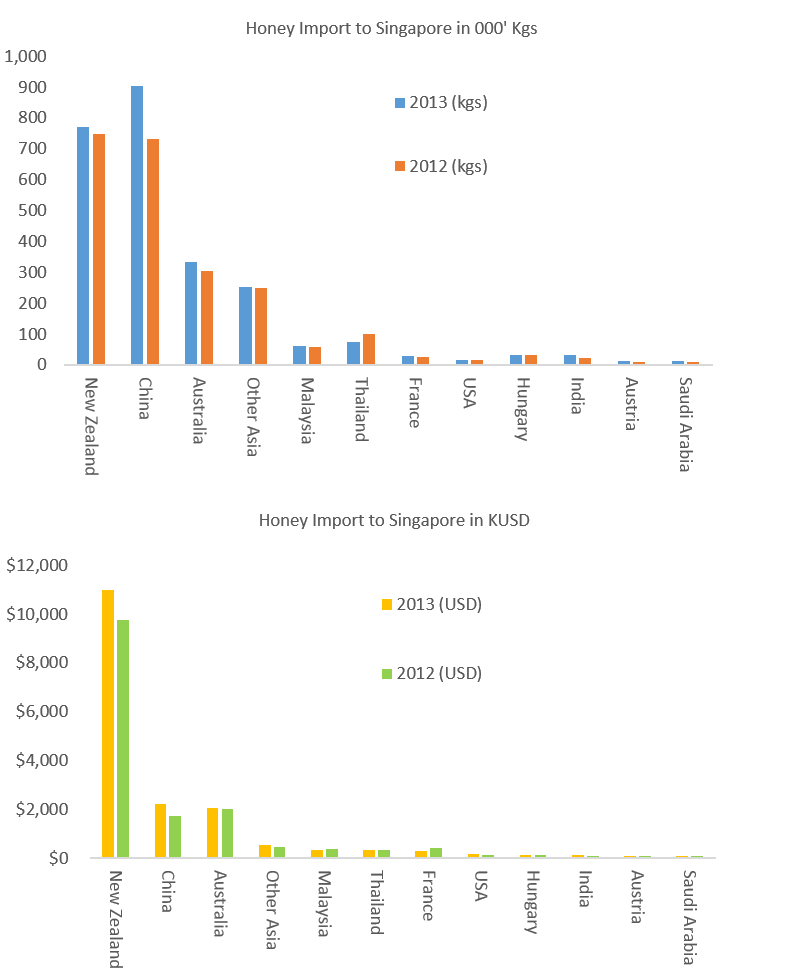
You will be pleased to know that Singaporean's appetite for honey from New Zealand have increased a whopping 54% YoY from 2011 to 2012. But one should note the the volume of imports in terms of kgs from Australia and China has also increased.
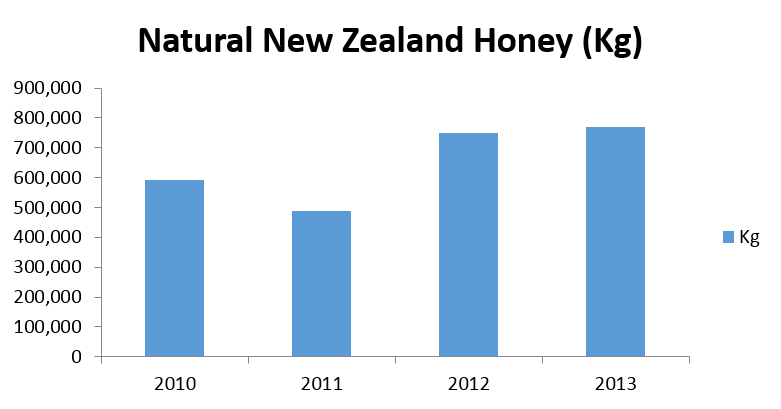
Please take a look at which countries buy the most NZ honey here
Go back to our shop: Shop, Home and Site Map.
